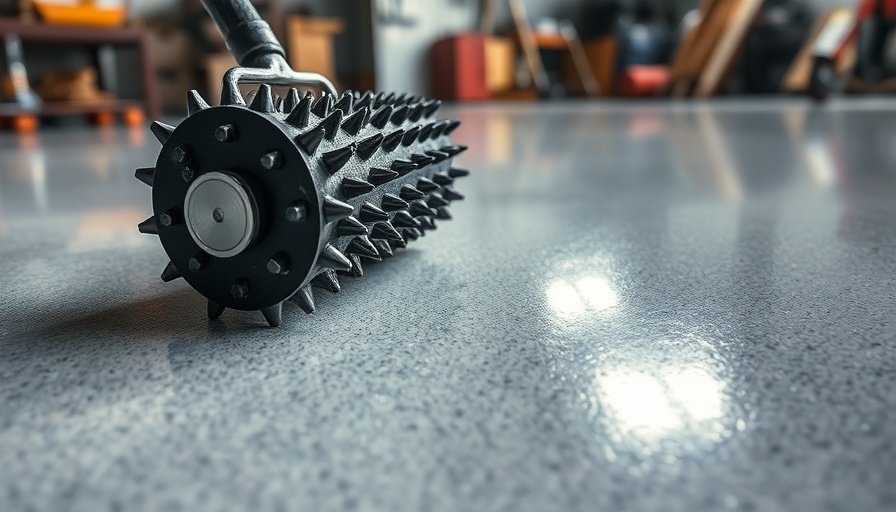
Transform Your Space: A Step-by-Step Journey to Installing Vinyl Plank Flooring Over Linoleum
As many homeowners seek to refresh their living spaces, the popularity of vinyl plank flooring has soared. It's no wonder why—vinyl not only mimics the beauty of hardwood at a fraction of the cost but also offers a practical solution that caters to durability and ease of maintenance. However, if you're contemplating an upgrade and are wondering about the feasibility of installing vinyl plank flooring over existing linoleum, this guide is tailored just for you.
Why Choose Vinyl Plank Flooring?
Vinyl plank flooring is known for its resilience, style, and versatility. These planks are waterproof and can take on the wear and tear of daily life—ideal for homes with children or pets. Unlike traditional flooring options, vinyl does not require the extensive prep work of removing existing floors, making it a cost-effective choice for DIY enthusiasts and home improvers alike.
Preparing for Your Flooring Project
Before diving into the installation, ensure to gather all essential materials. You will need:
- Vinyl Plank Flooring: Choose a style that suits your aesthetic.
- Cleaning Supplies: A bucket, mop, soap, and cleaning cloth will keep your work area neat.
- Tools Needed: A tape measure, adhesive (if required), a roller for application, and a scrubbing pad to prepare the linoleum.
Your first step is allowing the vinyl to acclimate in the room for at least 48 hours to prevent expansion post-installation. This simple but crucial step ensures a perfect fit when laying down the planks.
Steps for Installing Vinyl Plank Flooring Over Linoleum
Getting your hands dirty is part of the joy in DIY home improvements! Follow these steps:
Step 1: Clear and Clean
Start by removing all furniture and appliances from the area where you will be working. Check the linoleum surface for any loose tiles or bumps and clean thoroughly to eliminate dirt and debris.
Step 2: Measure and Cut the Planks
Use a tape measure to calculate the dimensions of your room, ensuring to buy around 10% more flooring than needed to account for cutting mistakes. Measure twice; cut once. For more intricate areas, such as around door frames, consider using a fine-tooth saw for precision.
Step 3: Lay Down the First Row
Choose a straight wall to begin. Lay your first plank snug against it, leaving a bit of space for expansion. This is key for the longevity of your installation!
Step 4: Interlock and Continue
Depending on the type of vinyl plank you're using—whether click-lock, GripStrip, or glue-down—follow the specific installation method. Most floating options are user-friendly, allowing you to interlock planks seamlessly.
Step 5: Finishing Touches
With the flooring laid, reattach any baseboards or trim carefully. Consider using a nail set for a clean finish. Finally, take a moment to walk around your newly installed floor and admire your hard work!
Maintaining Your New Flooring
After the installation, regular maintenance is essential. Keep your floors clean with a soft mop and avoid water saturation. Investing in a pH-neutral cleaner will help preserve the integrity and shine of your vinyl plank flooring.
Conclusion: A Personal Journey of Transforming Your Home
Choosing to install vinyl plank flooring over linoleum is not just about aesthetics; it’s a chance to invigorate your living space and personalize your home. For those embarking on this journey, remember this DIY project is entirely possible—just take your time, plan thoughtfully, and enjoy the process!
 Add Row
Add Row  Add
Add 




Write A Comment